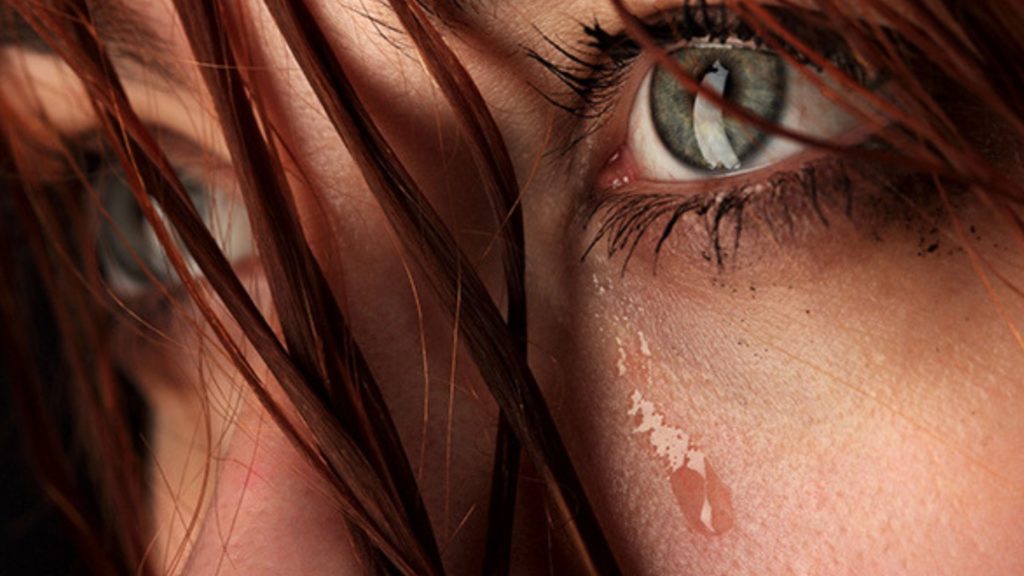The safeguarding principles of FGM

Female Genital Mutilation (FGM) is a topic which many shy away from discussing. Many do so because of its sensitivity, others due to fear of repercussions, and victims.
Having to disclose that something so cruel, painful and devastating has been done to them by people meant to love, care for and protect them, is a very hard thing to do and admit.
Female Genital Mutilation (FGM) is the total or partial removal of the female genitalia for non-medical purposes. It has been identified as a hidden form of abuse which is tied up within familial loyalty, and often very hard to detect as it isn’t spoken about within families and communities.

Understanding the law, indicators, countries were it is practised, and the reasons why it happens will allow you to have open and honest dialogues with all children, young people, their families and carers, as education and knowledge is the key to making these practices, not just illegal worldwide, but also for them to be seen by those practising these acts as an unnecessary and damaging form of abuse.
Mothers, grandmothers, aunts and females within communities and cultures where these practices take place, carry out these acts of violence not for self-gratification or to willfully cause harm – it is done for protection, honour and acceptance of that child, and the family’s standing within the community; factors deemed as deeply important and necessary.
The fact that FGM takes place for these reasons doesn’t make it right or acceptable. It is a form of abuse and the FGM Act 2003 makes it illegal in the UK, with many other countries where it is practised also following suit.
The fact that FGM is illegal in 43 countries worldwide, 25 of them in countries where it is prevalent, hasn’t stopped the practice from taking place, with an estimated 200 million women and girls worldwide being subjected to it worldwide.
.jpg?width=2560&name=women%20stats%20(1).jpg)
FGM is primarily carried out in the west and sub-Saharan Africa, as well as Arab states. However, it is also now prevalent in Asia, Eastern Europe and Latin America, with cases of FGM also being recorded in North America, Australia, New Zealand and Indonesia.
Though being illegal in the UK for 16 years, only in March 2019 was the first successful prosecution of a mother carrying out FGM on her then 3-year-old daughter. She is currently serving a 13-year custodial sentence.
FGM is often practised because it’s deemed to;
- Bring status, respect & social acceptance to the girl and her family
- Preserve a girl’s virginity/chastity
- Be a rite of passage
- Uphold family honour
- Enforces a custom/tradition
However, the implications of it are devastating causing life-long physical and emotional scars, effects and injuries; some of which aren’t identified until that woman gives birth.
In 2015, the Serious Crime Act added additional powers and responsibilities relating to FGM, one of which includes a mandatory report to be made to the police by those in health, education and social care, if a child discloses that FGM has been carried out on her. This is a personal duty and cannot be passed onto another person to do – if you’re the person that’s told then you must be the person to report.

Identifying that a girl is at risk of, or experienced FGM can be difficult, however, some key factors are;
- Family comes from a country that practices FGM
- A girl states that she is to have a ‘special procedure’ or to attend a special occasion
- A girl talks about a long holiday to a country where the practice is prevalent
- Long unauthorised absence – usually before or after the school holidays
- Has difficulty walking, sitting or standing or looks uncomfortable, when this wasn’t a problem before
- Regularly say’s that she needs to use the bathroom during a lesson
- Avoids physical exercise or asks to be excused from PE lessons
- Prolonged or repeated absences from school or college
Being vigilant to these signs and indicators may allow for FGM to not take place, but also for the correct support and intervention to be provided for the child if it has already taken place.








Responses